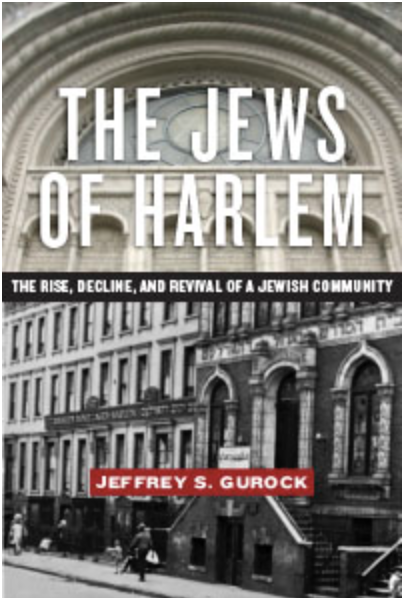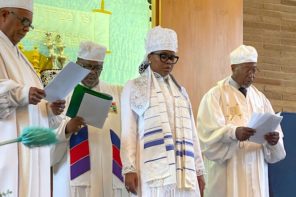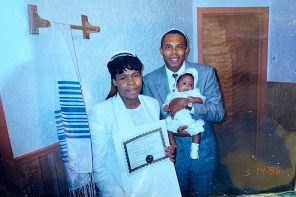In his latest book, Dr. Jeffrey Gurock of Yeshiva University takes a nuanced look at the story of Jewish Harlem and its intersection with black history.
What inspired you to write The Jews of Harlem?
Forty years ago, I wrote my first book, When Harlem Was Jewish, 1870-1930. My initial inspiration back then was to examine African American–Jewish relations in an urban neighborhood setting. However, as my research continued I discovered that there was more to the Jewish Harlem story than just its relationship to black Americans. The uptown community was the second largest Jewish community in America. Its approximately 175,000 Jewish immigrant residents as of World War I was second only to the Lower East Side. That book interrogated what it meant religiously, culturally and politically for a Jew to move out of the immigrant hub.
Now I have returned to Jewish Harlem to add texture to the original scope of my first book, based on forty years of writing about the American Jewish experience. So many of my books and articles are connected to Jewish Harlem. More importantly, this book considers 85 more years of the Jewish encounter with Harlem. It discusses, among many other themes, the long-term Jewish economic presence in the neighborhood, the tensions that flared up between the two groups, Jewish-African American interaction in the music and theatrical scene and, of course, charts the beginnings of Jewish return to Harlem during this present-day gentrification of New York City.
What’s the most important take-home message for readers?
There has never been one Jewish voice or vision nor one African American voice or opinion about the textured and complicated relationship between these two American minority groups.

The Jews of Harlem: The Rise, Decline and Revival of a Jewish Community
Jeffrey Gurock
NYU Press
November 2016
Is there anything you had to leave out?
Space limitations forced me to leave out information about many of the small synagogues that dotted the Harlem landscape. As of 1917, there were some 150 such immigrant congregations. Almost all of these congregations folded when Jews exited the neighborhood in the 1920s.
What are some of the biggest misconceptions about your topic?
Until I wrote my first book, most people were unaware that Harlem—the most iconic African American place in the United States—had once been home to a very large Jewish community. Those who knew of the existence of Jewish Harlem thought that the Jews who once lived there were those who had succeeded economically downtown and fled the Lower East Side after the turn of the 20th century. But actually, a second group of immigrants was pushed uptown by the unintended consequences of urban renewal efforts on the Lower East Side that limited space for the poor.
Did you have a specific audience in mind when writing?
Obviously the descendants of those 175,000 Jews who once lived in Harlem—including my own family— are a ready audience for my work. Academics who embraced the earlier work will be intrigued with the new information I provide for the early years and how I conceptualize the last 85 years of the Harlem Jewish experience. Those interested in the history of New York City and its diverse neighborhood experiences are also in mind. I hope this book is added to all lists of African American history as well.
Are you hoping to just inform readers? Entertain them? Piss them off?
I trust that my work, that is highly accessible to general readers, will inform and entertain. The book includes amusing anecdotes while always adhering to the canons of scholarship.
What alternative title would you give the book?
I am very comfortable with the title and the sub-title that indicates that Jewish Harlem is still a work in progress.
How do you feel about the cover?
I love it. It is a street scene from the early 1900s of Jewish institutions with Yiddish signage. These institutions are long gone but not forgotten by me.
Is there a book out there you wish you had written? Which one? Why?
In my spare time, I like to read military history. A colleague of mine, Deborah Dash Moore wrote G.I. Jews, a study of Jews in the American army during World War II. I would have liked to integrate the Jewish story of that “greatest generation.”
What’s your next book?
I have begun work on a Bronx, New York neighborhood that was created in the 1940s and housed Jews, Italians and Irish, but excluded African Americans. Today it is home to black Americans, Latinos and immigrants from many parts of the world. I will look at the story of its ethnic and racial transformation over 80 years.





